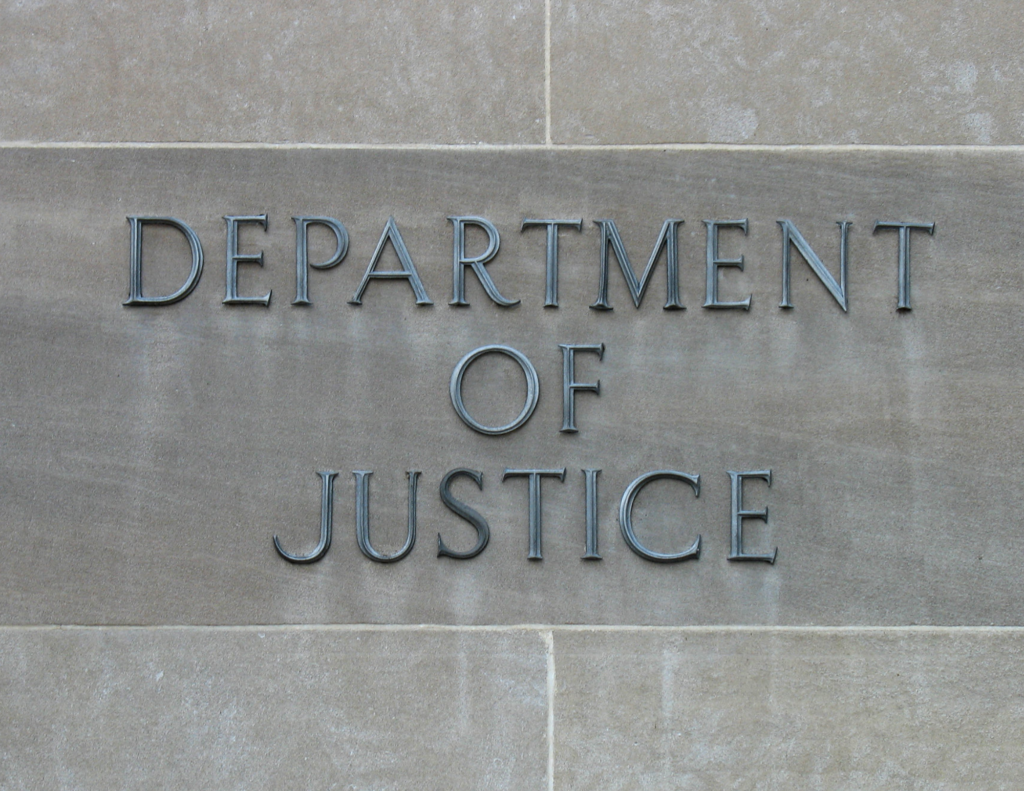Green Justice in Turmoil: Inside the DOJ's Environmental Crossroads

The potential dismantling of the Environment and Natural Resources Division (ENRD) poses a significant threat that extends far beyond partisan lines. This critical department serves as a cornerstone of environmental legal protection, with implications that could dramatically impact future administrations, the American public, and even the current administration's long-term environmental policy objectives.
The ENRD plays a pivotal role in defending environmental regulations, protecting public lands, and ensuring that federal environmental laws are consistently and fairly enforced. Its dissolution would create a dangerous precedent that could undermine decades of environmental legal infrastructure and compromise the nation's ability to address critical ecological challenges.
Contrary to short-term political gains, dismantling this essential division would create substantial legal vulnerabilities and weaken the government's capacity to protect natural resources. The consequences would ripple through multiple sectors, potentially exposing the nation to increased environmental risks and legal uncertainties.
For any administration—regardless of political affiliation—maintaining a robust and independent environmental legal framework is crucial. The ENRD represents a critical mechanism for balanced, science-based environmental governance that transcends temporary political interests and protects the long-term environmental health of the United States.
